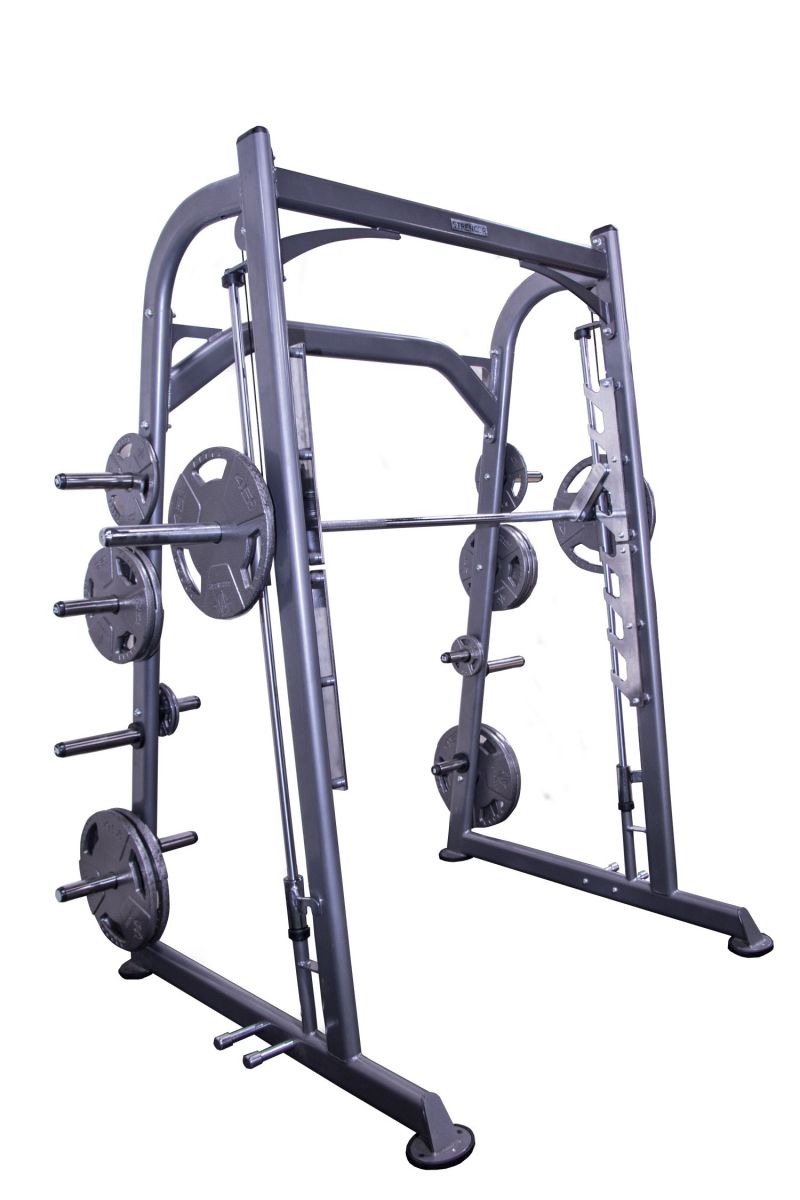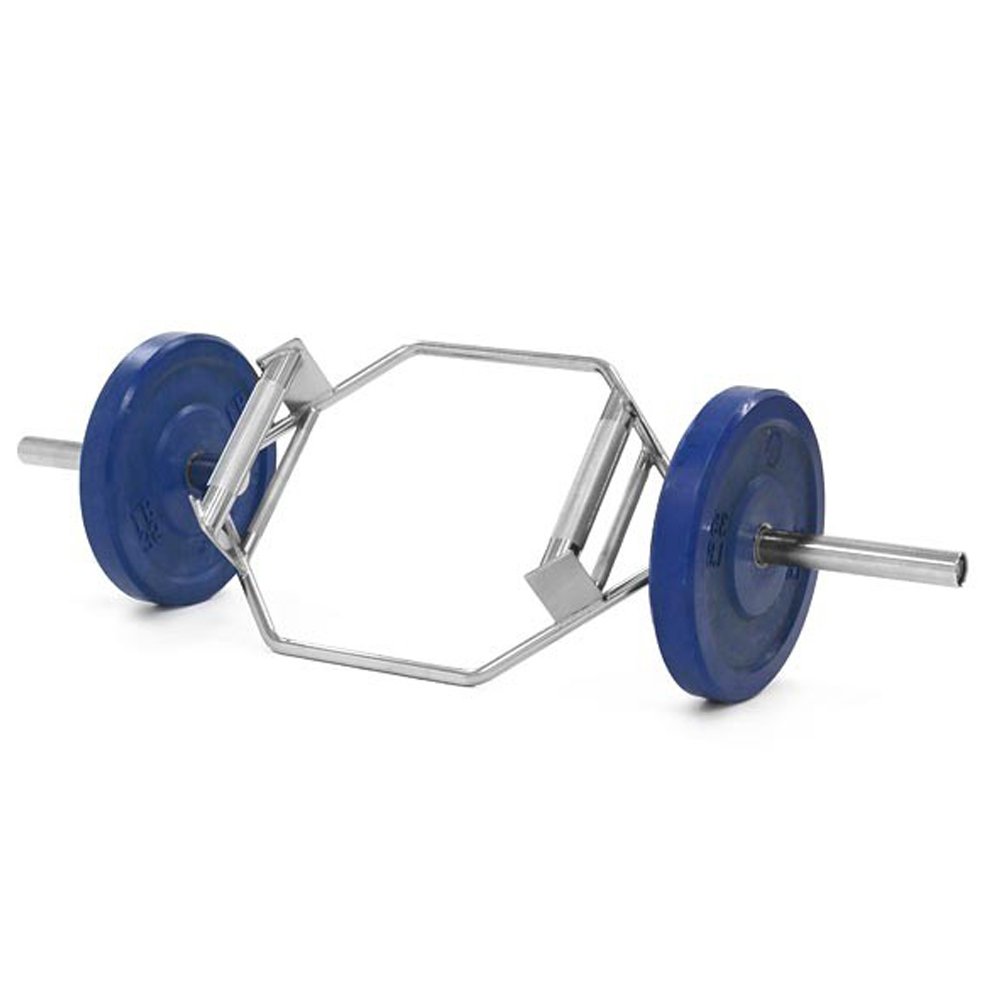Introduction
One of the most basic and fundamental human movements – the full squat – has become a position that many people have difficulty achieving due to society’s heavy reliance on chairs.
The full or deep squat is achieved when the knees are totally flexed and the back of the thighs rest against the calves with the heels remaining flat on the floor.
Young children (age four and under) will instinctively go into a deep squat when they want to reach for something on the floor or to play.
The squat probably gets a lot of bad reputation; especially the barbell back squat and many people choose the leg press machine instead, saying the squat will lead to knee or low back injuries.
Fearing for injury many will only perform partial squats and stop when thighs are parallel to the floor.
It’s good to avoid injuries, of course, but avoiding squatting is like avoiding walking because you’ve seen people walking and falling down.
Squatting deep is not bad for the knees — studies have found there is no difference between partial, parallel, and deep squats in terms of the impact on the front knee joint.
Millions of people around the world squat regularly without hurting themselves. What are you waiting for?
Types
According to Wikipedia, the squat can be performed in a number of variants, including:
Non-weighted variations:
- Bodyweight squat – done with no weight or barbell, often at higher repetitions than other variants.
- Overhead squat – a non-weight bearing variation of the squat exercise, with the hands facing each other overhead, biceps aligned with the ears, and feet hip-width apart. This exercise is a predictor of total-body flexibility, mobility, and possible lower body dysfunction.
- Face the wall (Chinese) squat – performed without weights it is primarily to strengthen the vertebral tissues. Toes, knees and nose line up almost touching the wall.
- Hindu squat – heels are raised and body weight is placed on the toes; the knees track far past the toes. This version is used by many due to their lack of flexibility in the ankles.
- Jump squat – a plyometric exercise where the squatter engages in a rapid eccentric contraction and jumps forcefully off the floor at the top of the range of motion.
- Pistol Squat – a bodyweight squat done on one leg to full depth, while the other leg is extended in front, off the floor.
- Shrimp Squat – a bodyweight squat done on one leg, while the other leg is bent with the foot behind the hips.
Barbell variations:
- Back squat – a bar is held on the back of the body at the base of the neck (high bar) or lower across the upper back (low bar).
- Box squat – similar to the back squat but the squatter, at the bottom of the motion will sit down on a bench or other type of support then rise again.
- Front squat – the bar is held in front of the body across the shoulders in either a clean grip (from weightlifting – arms are parallel with the floor) or with the arms crossed and hands placed on top of the barbell.
- Hack squat – a weight is held in the hands just behind the legs, also called Rear Deadlift.
- Overhead squat – a barbell is held overhead in a wide-arm snatch grip; however, it is also possible to use a closer grip if balance allows.
- Zercher squat – the bar is held in the crooks of the arms, on the inside of the elbow; named after Ed Zercher, a 1930s strongman.
Lunge stance variations:
- Split squat – an assisted one-legged squat where the non-lifting leg is rested on the ground a few ‘steps’ behind the front leg(lifter) as if it were a static lunge.
- Bulgarian squat – performed much like a split squat, but the foot of the non-lifting leg is rested on a knee-high platform behind the lifter.
Other variations:
- Goblet squat – the weight (kettlebell, dumbbell, sandbell) is held near the chest and the torso is having an upright position because of the way the weight is positioned.
- Belt squat – is an exercise performed in the same as other squat variations except the weight is attached to a hip belt i.e. a dip belt
- Sissy squat – the heels are lifted off the ground and the torso remains flat while the lifter leans backwards; sometimes done with a weight held on the chest and one arm holding onto a chair or beam for support. Unlike most other squat variations, Vince Gironda promoted sissy squat as a quadriceps isolation exercise.
- Smith squat – a squat using a smith machine. Hack squats can be done easily this way.
- Trap bar squat – a trap bar is held with hands at the sides.


Trap or Hex bar (above) allows a more natural position of the weight.
Form
Have a perfect form when squatting in five simple steps:
- Place your feet shoulder-width apart with your toes pointed out.
- Pull shoulders back and slightly arch the lower back (natural curve).
- Bend at the knee and hip, keeping knees over toes.
- Lower your body as far as possible without lifting the heels off the ground.
- Using your leg and hip muscles, push back to the initial position.
Summary
The full squat is a natural human posture, maybe the most primitive movement pattern known to man (for hunting, cooking, eating etc).
Nowadays, it’s an alternative to sitting used by children but rarely performed by adults in Westernized countries. Some Asian cultures and African tribes still use this position for daily activities.
Spending time in a squat position offers many health benefits like improving the pumping of body fluids, aiding in the removal of waste and delivery of nutrients to all tissues, optimising the digestive system (movement of faeces through the colon and more regular bowel movements).
Squatting like any other exercise is a safe activity and can serve as a way to correct postural imbalances when performed properly.
Those with a history of knee injury need to give consideration to the increased forces placed on the structures of the knee when squatting and try different squat variations to see what works better.
Healthy individuals who are in good physical shape should be able to squat safely with no risks.
Usually, the limiting factor is the lack of ankle and hip mobility that would prevent an individual from performing a full-depth squat. The ability to go low with your feet flat on the floor is a sign of good physical health.
References:


Thank you for another great article. I’m really excited I was able to find this article since so many of the blogs I’ve been reading have misleading info.
This post has been extremely helpful to me. Thank you.
Im still learning from you, but Im making my way to the top as well. I definitely love reading everything that is posted on your site.Keep the posts coming. I liked it!
What youre saying is completely true. I know that everybody must say the same thing, but I just think that you put it in a way that everyone can understand. I also love the images you put in here. They fit so well with what youre trying to say. Im sure youll reach so many people with what youve got to say.